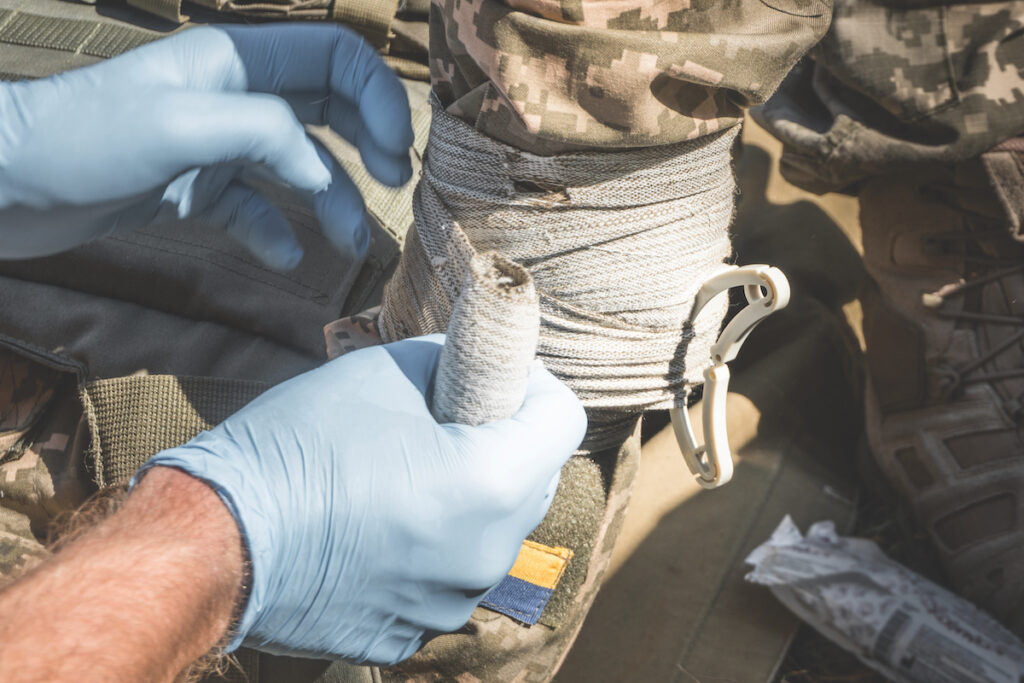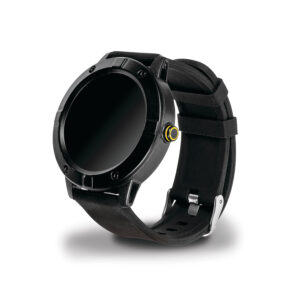
Combat triage may soon undergo a transformation, thanks in part to a team of student engineers who helped develop a digital triage assistant.
Worn like a watch on soldiers’ wrists, the device collects soldiers’ vital signs and location data, feeding that information in real time to a dashboard that not only tells medics where the wounded are located but also assesses the severity of their injuries.
The student engineers collaborated on the project with the NATO HQ Supreme Allied Command Transformation Innovation Hub, the SACT Medical Branch, and Czech Technical University.

The student team’s main innovation is a machine learning model that combines data gathered from wearables to calculate a mortality likelihood score for an individual soldier. The score will help combat medics quickly determine who should receive treatment first.
During their research, the students discovered that current battlefield triage comes down to a few simple assessments: Can the soldier stand up? Can they raise their hand? Are they able to yell, or are they unconscious? With very little data, combat medics must evaluate injuries and prioritize evacuation in the shortest time possible.
The students, all members of the A. James Clark Scholars Program, designed the digital triage assistant with an eye toward automating this process, getting the right information to medics as quickly as possible.
“We were surprised to find that medics decide if someone is on the next helicopter out based on just two or three factors,” says David Calvo, a fourth-year computer science major. “That’s born out of necessity — they can’t afford to spend even a few minutes triaging a single soldier. But we don’t have that limitation with a digital triage assistant. The system allows for continuous and real-time monitoring of vitals, and alerts the medic if a soldier’s condition gets worse.”
In addition to creating the mortality likelihood score, students built a maplike dashboard that uses multicolored dots to indicate each soldier’s score and GPS location. The system also shares live triage updates with commanding officers at headquarters.
The first prototype was scheduled to be field-tested with the Armed Forces of the Czech Republic this fall.
The team is already thinking about how this system could move beyond the battlefield and have civilian applications, such as in busy emergency departments or following mass casualty incidents.
The A. James Clark Scholars Program, established in 2016 with a $15 million investment in the Whiting School from the A. James & Alice B. Clark Foundation, is designed to attract talented engineering students to Johns Hopkins and also to prepare them for leadership roles.




